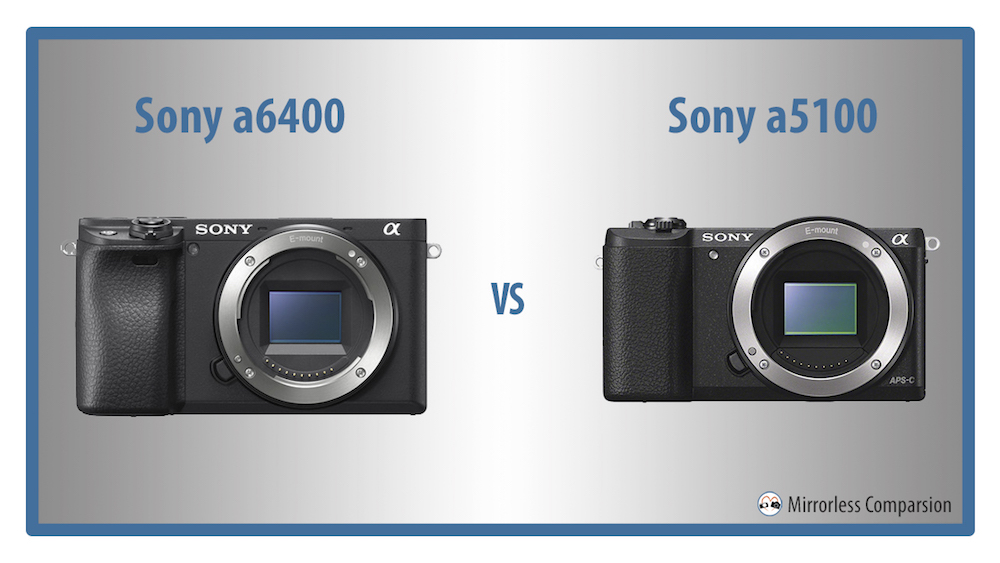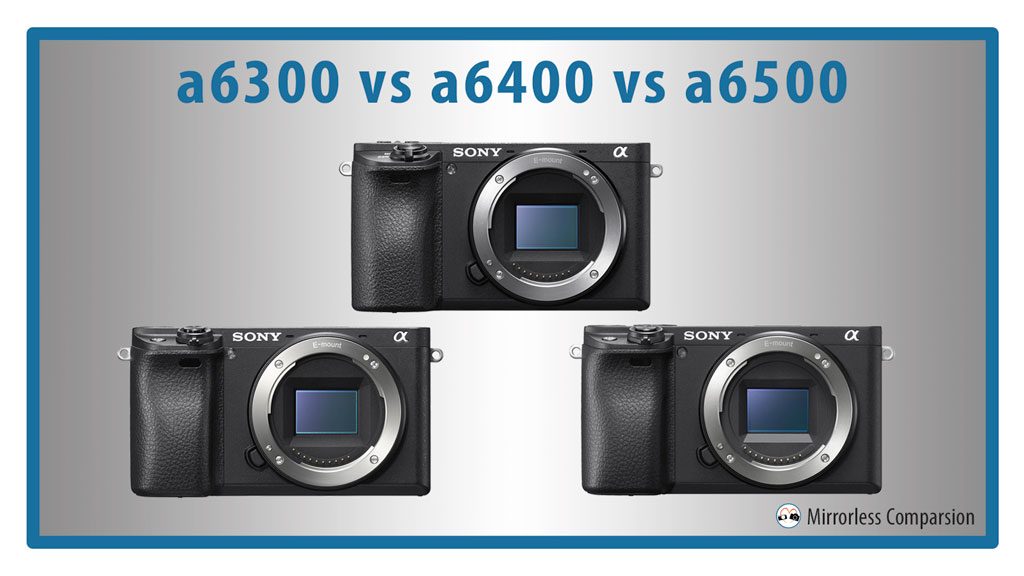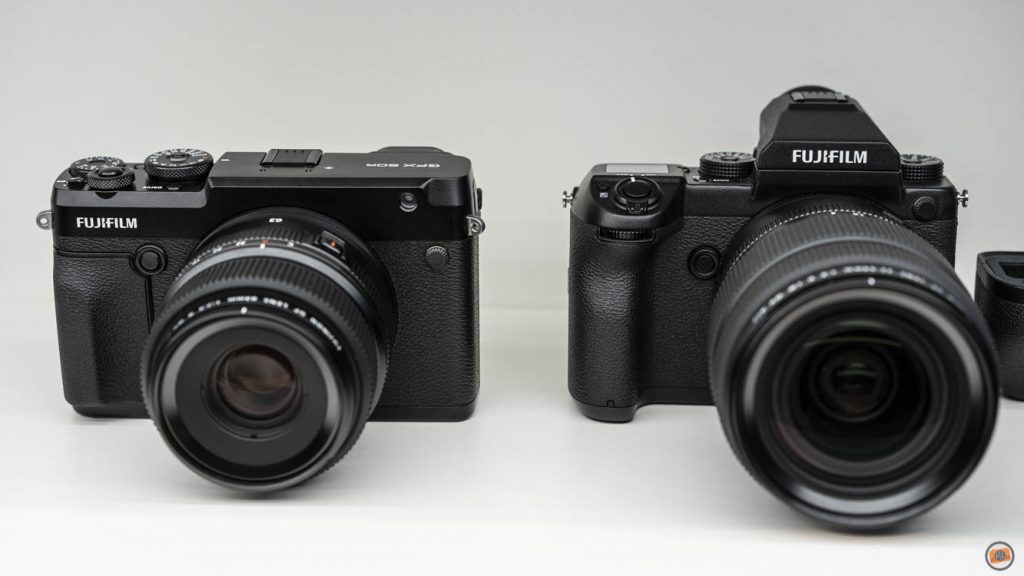The recently announced a6400 is the latest entry/mid-range camera in Sony’s APS-C range. Unlike the a6300 and a6500, it was given a 180-degree rotating screen in a bid to attract the attention of vloggers and selfie-lovers in search of a powerful yet reasonably affordable mirrorless model.
The previous Sony model to specifically target this user-base was the a5100, which was released over four years ago in mid-2014. Camera technology has progressed by leaps and bounds since then, so it is unsurprising that we’ve found many differences between the two models. Are you curious to find out more? Then keep on reading!







